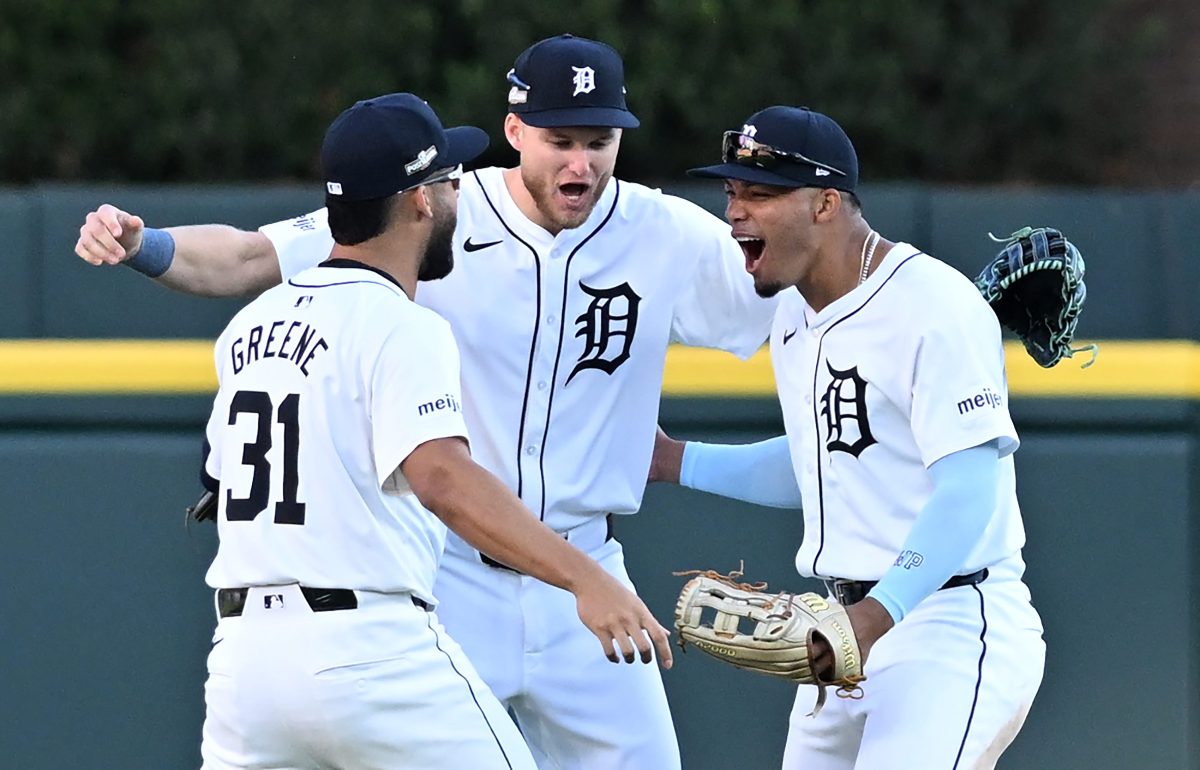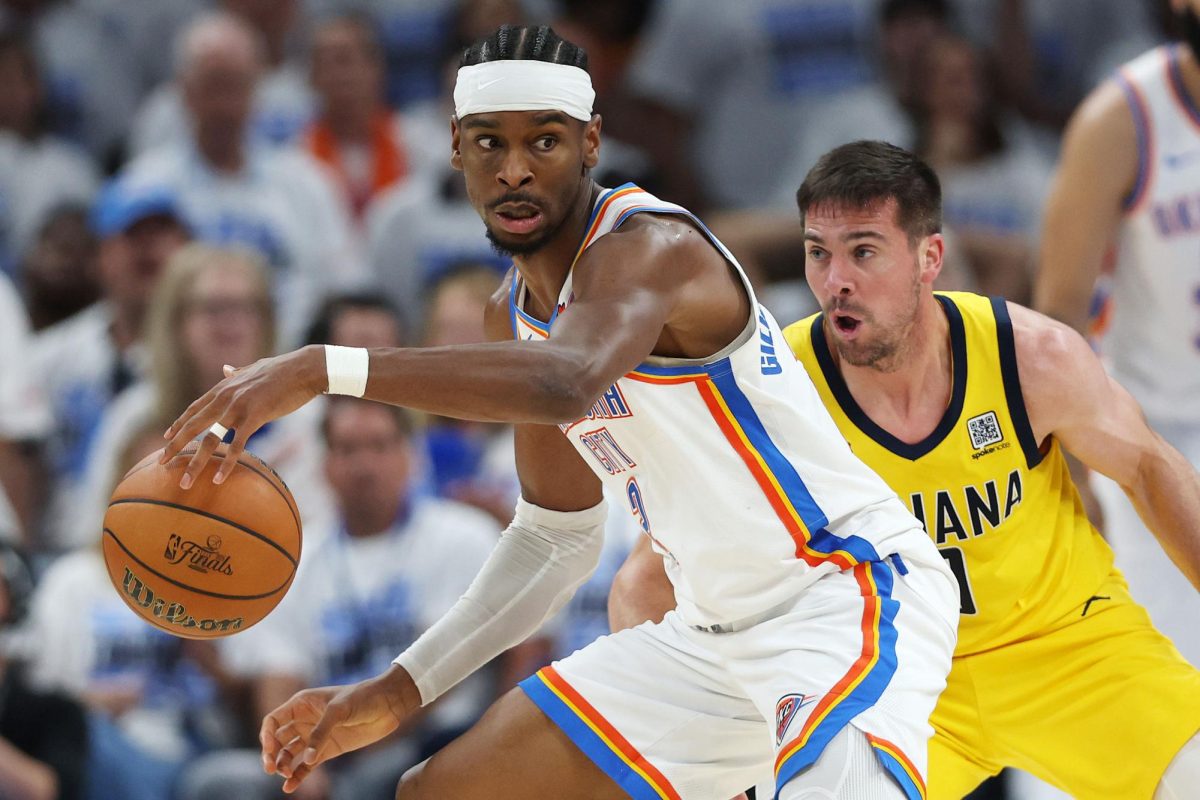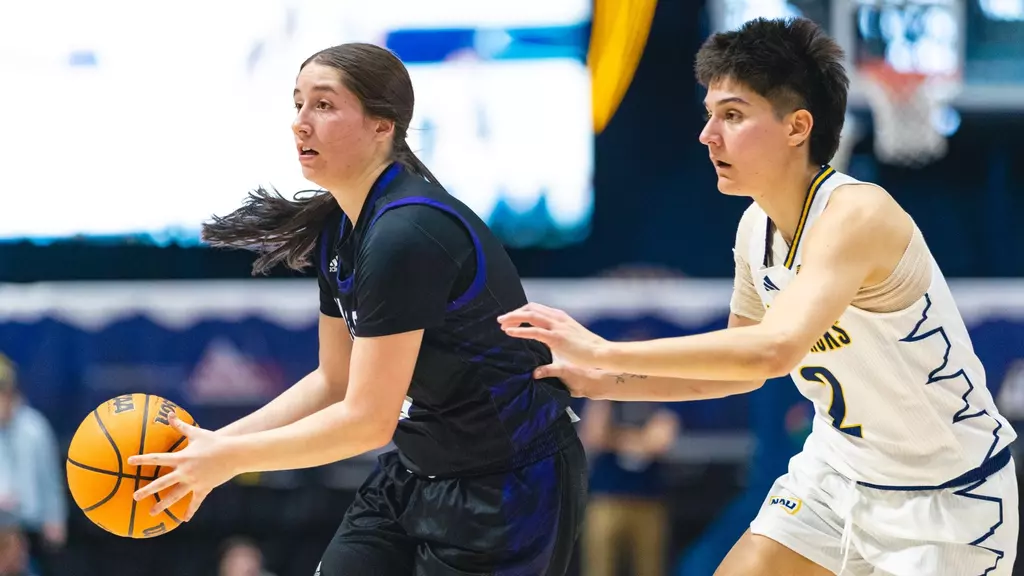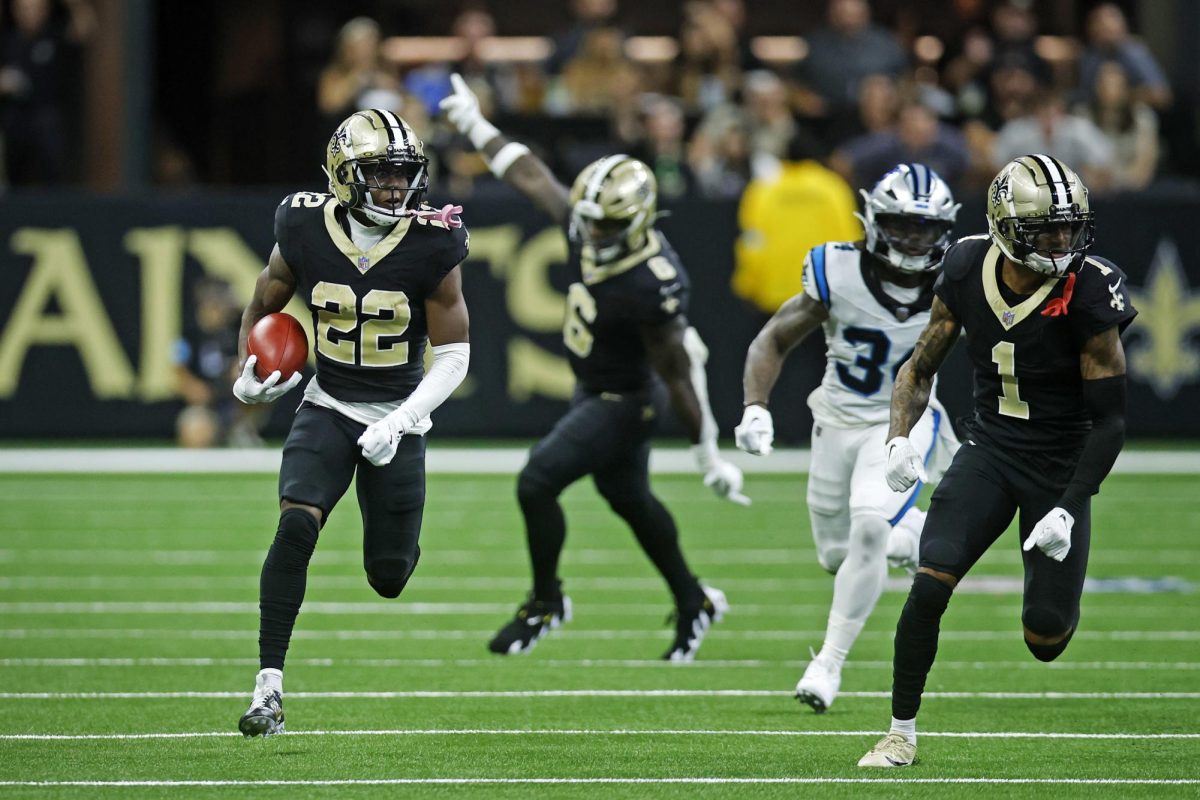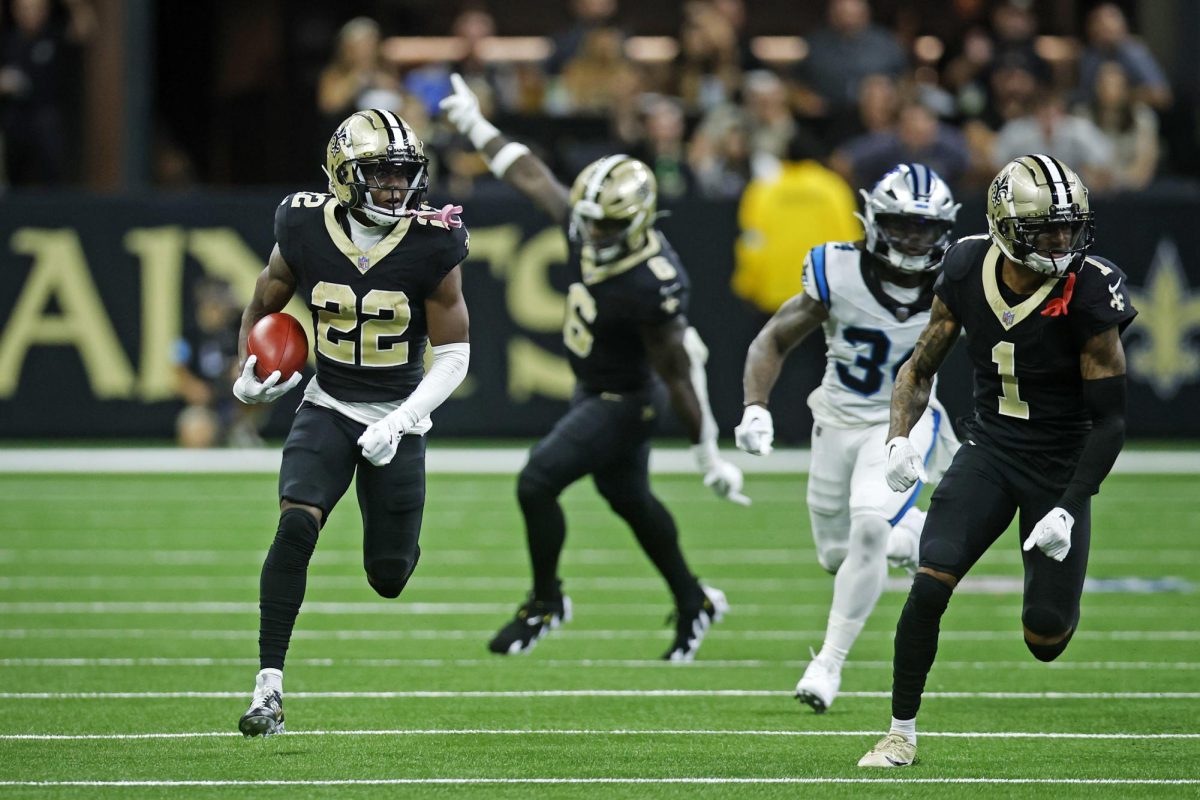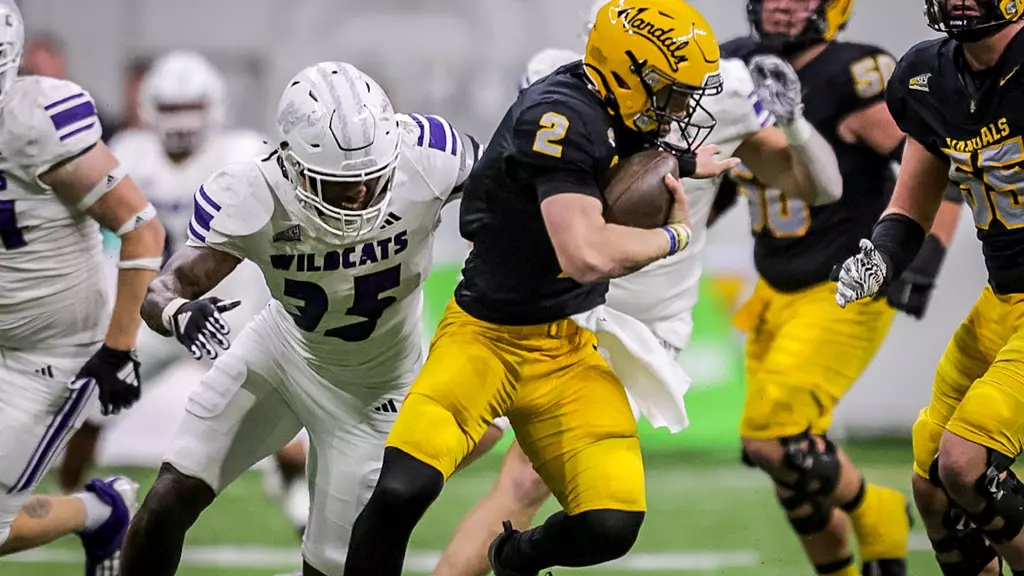Football is one of the most popular sports in the United States. More than 1.2 million children were involved in youth football in 2015, per the Sport & Fitness Industry Association.
Concussions in football have been a looming threat for decades, and considering how fragile children’s’ skulls and brains are, the risk of a concussion injury in youth football is an ongoing issue lingering over the head of the players’ parents as the children participate in this violent game.
Jenai Reid, whose son played on his junior high football team, recalled an experience of one of his teammate’s first concussion scares.
“He was hit hard by another player, and as soon as he hit the ground, everybody knew something was wrong,” Reid said. “He tried to speak but couldn’t make out any words. I can only imagine how I would feel if that were my son. I wouldn’t forgive myself for allowing him to be in a situation where he got a brain injury.”
Though her son wanted to continue playing on the team the following year, Reid did not let him try out and instead urged him to try out for the baseball team.
“Baseball seems much less dangerous,” Reid said. “There’s no player-to-player contact and the chance of getting hit in the head with the ball is minimal.”
Parents have been made aware of the high-risk of head injury in tackle football and are finding other “safer” sports for their children to play. The reality is, however, that all youth sports run the risk of injury — even the sports that are perceived as safe still carry risks of catastrophic concussions.

(Source: Pixabay)
The overall risk of concussion in youth sports
Because the human brain develops until a person is in their mid-20s, there is concern over concussions in young athletes. However, JAMA Pediatrics’ report “Incidence of Concussion During Practice and Games in Youth, High School, and Collegiate American Football Players,” shows that concussions are a lot more likely in adult athletes than child athletes. The report discovered that out of 1,000 athlete exposures, youth football players suffered 1.57 concussions per 1000 exposures, whereas high school players suffered 1.86 and college players suffered 3.74.
With that being said, the risk for children receiving concussions while playing football is relatively low compared to older athletes, presumably because the strength of college athletes is much higher than the strength of elementary-aged children, and the majority of football concussions are a result of player-to-player contact.
Concussions are a common injury among most athletes. In the United States, there are an estimated 300,000 sports-related concussions reported every year among athletes ages 15-24.
In a study from The Research Institute at Nationwide Children’s Hospital, high school athletes in 20 different sports were examined from 2008–2010. Researchers determined that out of 7,780,064 athlete-exposures — 1,415,840 of which were related to football, followed second by boy’s ice hockey at 147,275 — 1,936 concussions were suffered or 2.5 out of 10,000 or .025 percent. The concussion rates reported in the institution’s following year’s study reported the same statistics.
The risk of concussion in any sport is six times higher during a competitive game than in practice, so having children play football as a hobby or in non-competitive environments has a lower risk of head injury; in fact, the chance of getting in a vehicle accident resulting in a concussion is higher.
Forty-seven percent of the recorded concussions from the study are from participation in football: 58.9 percent were suffered by linebackers, 23.7 percent by cornerbacks and 18.5 percent in all other positions. This shows that although football players suffer a large number of concussions, not all player positions face the same probability of suffering a concussion.
Girls’ soccer ranked second for highest number of concussions. In fact, girls had an overall higher concussion rate (1.7) than boys (1.0) when all sports were taken into consideration.
The football concussion rates are also higher for boys because about 90 percent of concussion-causing impacts are the result of player-to-player contact, where both players have a higher chance of suffering a concussion. In other sports where player-to-player contact is less dominant, such as girls’ volleyball, only 25 percent of concussions were from player-to-player contact and over 50 percent were from player-to-surface contact.

(Source: Pixabay)
How the media has influenced parents’ perceptions of football
Due to public awareness of the higher risk of concussion in youth football, the league has been playing defense the past few years with the media, who have painted a realistic view of the sport recently in regards to its inherent health risks. Football’s risks have been documented as dangerous, violent and almost a sure-fire way of giving your child a concussion at a young age that will ruin their future athletic abilities, careers and lifestyles.
Certain media outlets have portrayed football as the only sport where concussions happen, often due to the fact that most studies regarding adolescent concussions have focused on football alone rather than other sports such as hockey and lacrosse. This focus is due football’s rabid popularity in America. The fact that football is violent in nature cannot be ignored, and when you look at the fundamentals of the game, there’s bound to be risk of injury.

How recent policy changes are fighting concussions
Because of the high risk of head injury in any sport, it’s important for sports leagues to set policies in place to help reduce that risk. Public Radio International, in a comprehensive study, discovered 50,000 concussions were sustained in high school soccer athletes in 2010 — more than in baseball, basketball, softball and wrestling combined.
The US Soccer Federation and The American Youth Soccer Organization have started to combat the risk of concussions by changing some of the policies in youth leagues. Effective November 2015, players ages 10 and under can no longer head the ball, and players 11–13 years old can only head in games, not practices. Fourteen-year-old players can head the ball during practice, but are limited to thirty minutes, or a maximum 15–20 headers, per week, per player.
If the players fail to play by these rules, the opposing team will be awarded a free kick.
“The changes being made to youth soccer is, essentially, changing the sport,’’ Constantine Martin, a youth soccer coach and owner of a soccer specific retail store said. “Soccer kids are growing up not learning the skill of heading the ball, but they can then put their practice efforts into more technical aspects of the game such as dribbling. Keeping the kids safe is our number one priority, and in the long-term, I believe these changes will have a positive effect.”
“I’ve seen a lot of head injuries in my time,” said youth soccer referee Gregory Watts. “Not many concussions, but we’ve had scares. Some of the kids still try to head the ball, so it’s an ongoing process to eliminate that practice so far, but the penalties help remind them to keep the ball low.”
The changes are expected to decrease the concussion rate among youth soccer players and other sports are following suit.
The USA Football organization has implemented the Heads Up program to combat the concussion issue. The program requires its coaches to become certified in teaching proper tackling techniques as well as learning how to quickly spot concussion symptoms. Certifying the coaches attempts to ensure that the kids are using the correct playing techniques as well as keeping hydrated and making sure the equipment is being worn properly, which are all ways to help reduce serious head injuries.
Overall, having a better understanding of concussions including risk factors, effects and injury rates can help drive additional policy changes to help reduce these types of injuries and lessen the overall risk of concussions in youth football and all other sports.



